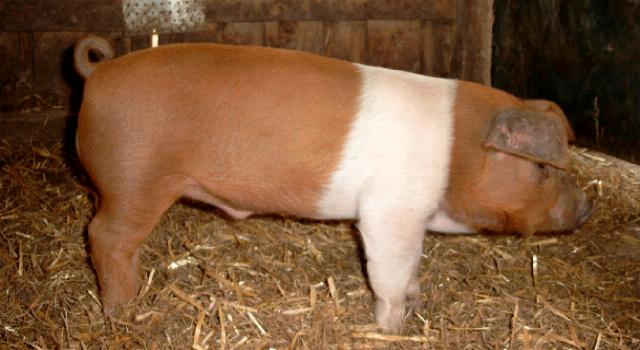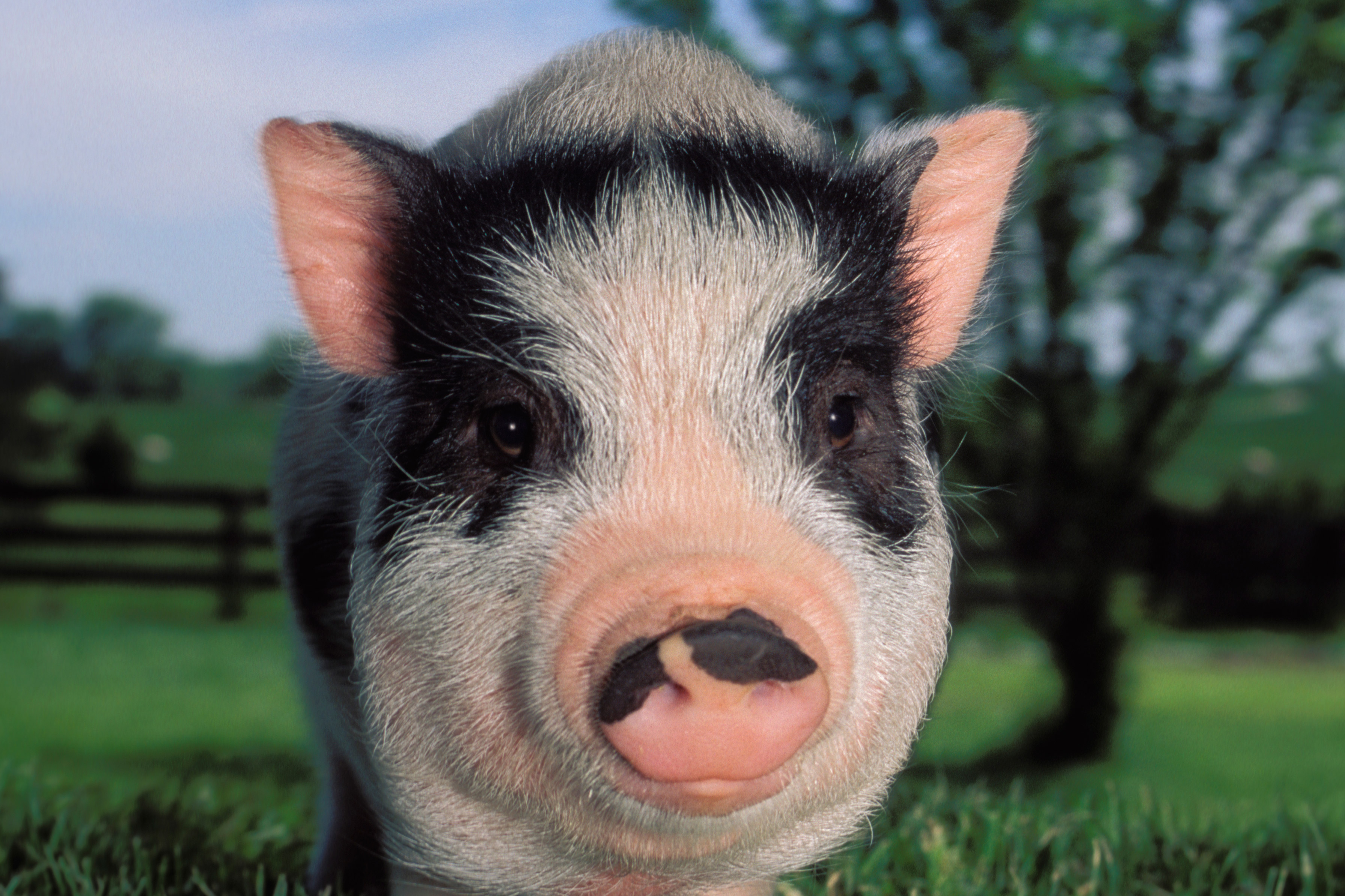Two countries. One derogatory law. One radical animal. One flag. Read on to find out about the Danish Protest Pig, a tale of human ingenuity and patriotism.

Context
In the 19th century, Denmark and Prussia could not settle on where to draw their border. Both nations were hungry to control the southern Jutland Peninsula, today part of the German state of Schleswig-Holstein and the Danish county of South Jutland, and both sides refused to concede any ground.
In 1848, the countries fought, with Denmark winning claim to the land. More than a decade later, the land was up for grabs again as the Second Schleswig War erupted, this time with Prussia declaring victory. In the 1860s, Prussian authorities moved in and over the next couple of years instituted a multitude of brand-new laws reducing anything from another location Danish.
“The Schleswig-Holstein question is so complicated, only three men in Europe have ever understood it. One was Prince Albert, who is dead. The second was a German professor who became mad. I am the third and I have forgotten all about it.”
Lord Palmerston
The plight of the Danish farmers
As one can picture, the Danish farmers caught on the wrong side of the border conflict were none too delighted– and they were particularly upset by the brand-new rule forbidding them from raising their home country’s flag.
As the story goes, they began raising pigs rather.
Through a crafty program of crossbreeding, Danish farmers attempted to develop a new type of pig that faintly resembled their precious home’s flag. It wasn’t terribly challenging. The banner of Denmark is relatively easy– a flat red background covered by a long, white Nordic cross– so all the pig required was a coat of red fur and one or 2 popular white belts.
Though missing a white stripe, the end product– the so-called Protestschwein/protestsvin, protest pig– rapidly became a snorting sign of Danish cultural independence. Later in the 20th century, the red swine became acknowledged as a “true breed” called the Husum Red Pied. Unfortunately, there are less than around 60 flag-striped breeding animals still alive today, many of them living in zoos.
Attributes Of The Danish Protest Pig
The breed is best known for their Denmark-like colours. They are red in colour, with a white vertical belt and a white horizontal belt (See above image). Also known as Danish Flag Pig.
At full maturity, males tend to weigh approximately and over 350kgs, with females rising to 300kgs. The breed grow up to an average height of 92cms. It was very first formally acknowledged as a type in 1954.
A breed representing a locations pride in their nation and gave the country to portray a flag. Kept on due to its historical significance, the Danish Protest pig.

